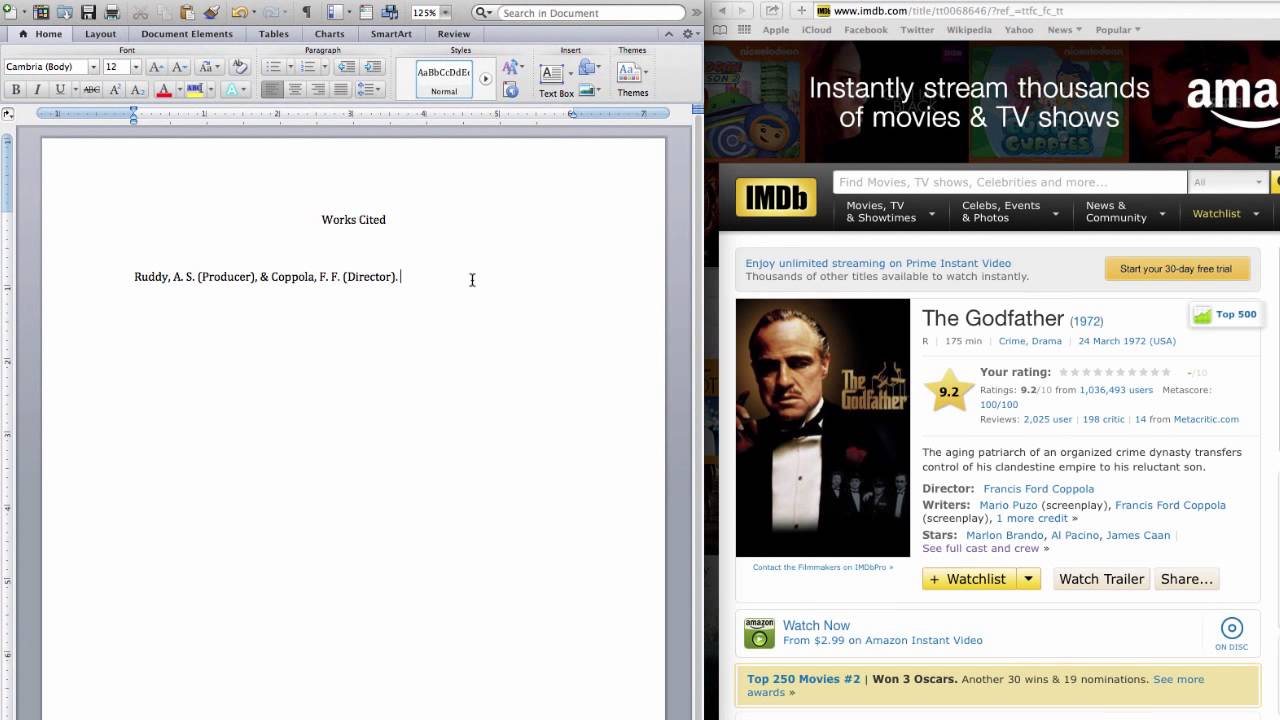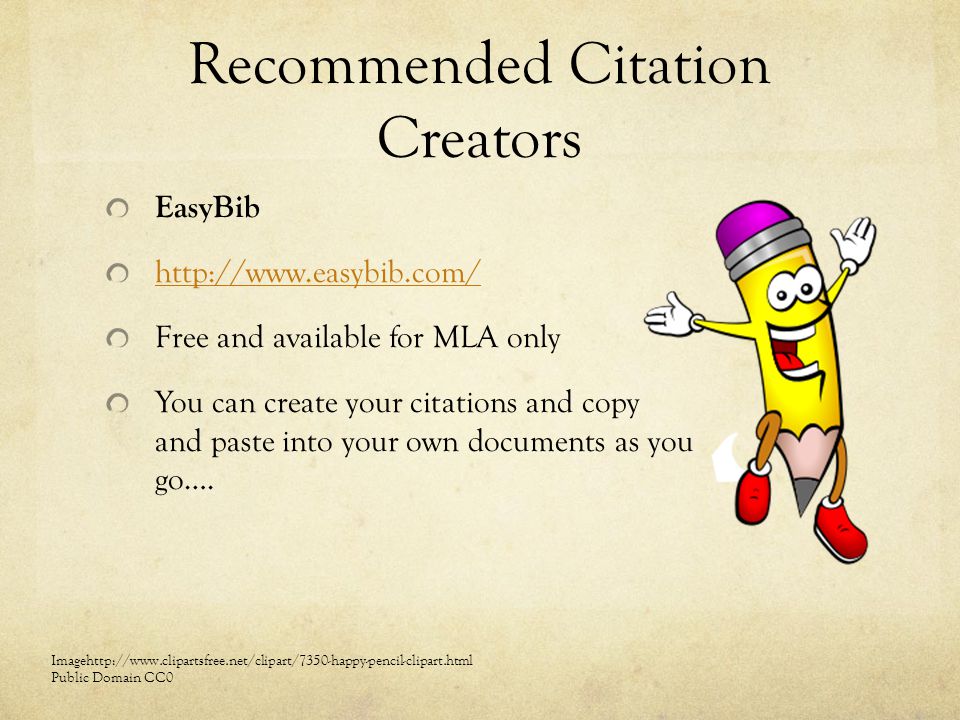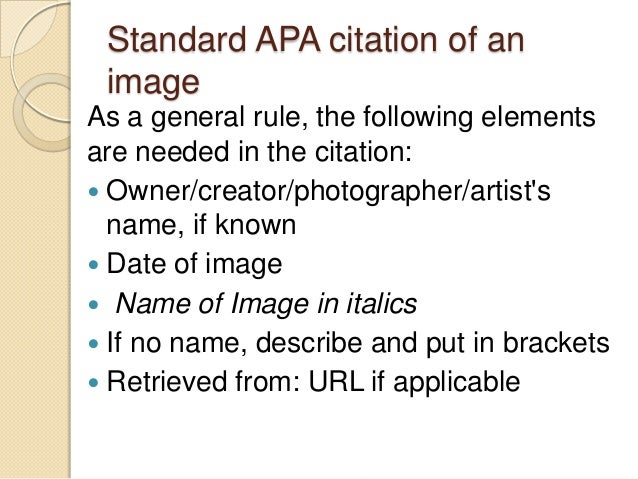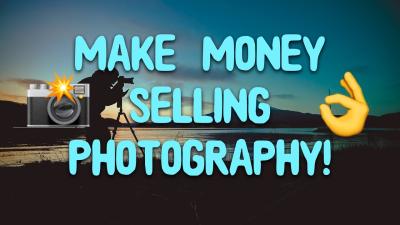Using images in your research or projects adds a lot of value, but it’s crucial to give proper credit to the original creators. When it comes to citing images, the American Psychological Association (APA) style provides clear guidelines to help you do this correctly. Whether you’re including a photo, a chart, or an illustration, knowing how to cite it properly not only respects intellectual property rights but also boosts the credibility of your work. In this post, we’ll walk through how to cite a Shutterstock image in APA format, so you can confidently include visuals in your academic or professional documents.
Understanding When and Why to Cite Shutterstock Images

You might be wondering, “Do I really need to cite images from Shutterstock?” The answer is yes, in most cases. Shutterstock is a stock image platform that hosts copyrighted images created by artists and photographers. When you use an image from
But when exactly should you cite these images? Here are some common situations:
- Including images in academic papers or presentations: If the image enhances your argument or illustrates a point, citing it is necessary.
- Using images for commercial projects: In marketing, advertising, or any promotional material, giving credit is both ethical and often legally required.
- Sharing images publicly online: Whether on websites, blogs, or social media, attribution is important unless the image is explicitly labeled as public domain or Creative Commons with no attribution needed.
Why is this important? Proper citation:
- Respects intellectual property rights: Creators deserve recognition for their work.
- Enhances credibility: Proper attribution shows your work is well-researched and ethically sound.
- Prevents legal issues: Using images without permission or proper attribution can lead to copyright infringement claims.
In summary, whenever you incorporate a Shutterstock image into your work, citing it correctly not only aligns with APA guidelines but also demonstrates your professionalism and respect for creative rights. Next, we’ll explore the specific steps to cite a Shutterstock image in APA format, so stay tuned!
Step-by-Step Guide to Citing Shutterstock Images in APA Format

Citing images from Shutterstock might seem tricky at first, but once you get the hang of the process, it’s pretty straightforward. Here’s a simple step-by-step guide to help you craft accurate APA citations for Shutterstock images:
- Identify the creator or photographer: Look for the author or creator listed on the Shutterstock image page. If the creator’s name isn’t available, use the company name or the platform as the author.
- Record the publication year: Find the date when the image was uploaded or published. This is usually displayed near the image or in the metadata.
- Note the image title or description: Use the title provided or a brief descriptive phrase if no formal title exists.
- Retrieve the URL: Copy the direct URL link to the Shutterstock image page. This allows others to locate the exact image you cited.
- Determine the format: Since Shutterstock images are digital, you’ll include the format as “Online image”.
- Construct your citation: Combine all these elements following the APA format, which typically looks like this:
Author, A. A. (Year). Title or description of image [Online image]. Website Name. URL
Remember, if any element isn’t available, APA guidelines recommend adjusting accordingly. For example, if there’s no individual author, start with the organization or platform name.
Examples of APA Citations for Shutterstock Images

Let’s look at some practical examples to clear things up. Here are a few scenarios demonstrating how to cite Shutterstock images in APA style:
Example 1: Image with a known author and publication year
Smith, J. (2021). Sunset over mountains [Online image]. Shutterstock. https://www.shutterstock.com/image-photo/sunset-over-mountains-123456789
Example 2: Image without a specific author, but with a publication date
Shutterstock. (2020). City skyline at night [Online image]. https://www.shutterstock.com/image-photo/city-skyline-night-987654321
Example 3: Image without a publication date
Doe, A. (n.d.). Abstract colorful background [Online image]. Shutterstock. https://www.shutterstock.com/image-photo/abstract-colorful-background-456789123
Example 4: Image with a title but no author
Beautiful forest landscape. (2019). [Online image]. Shutterstock. https://www.shutterstock.com/image-photo/beautiful-forest-landscape-234567890
In each example, notice how the key components—author, date, title/description, and URL—are carefully included. Adjust the citation depending on what information is available, and always double-check your sources for accuracy. Proper citation not only credits the creator but also enhances the credibility of your work. Happy citing!
Common Mistakes to Avoid When Citing Shutterstock Images
Citing images from Shutterstock can seem straightforward, but there are some common pitfalls that folks often fall into. Being aware of these mistakes helps ensure your citations are accurate and professional. Let’s go over a few of the most frequent errors so you can steer clear of them:
- Using Incorrect Image Details: Always double-check the image’s details—such as the author, publication year, and image title—directly from Shutterstock. Copying information incorrectly, like mistyping the author’s name or the date, can lead to inaccuracies in your citation.
- Missing the Access Date: Since online images can change or be removed, including the date you accessed the image is crucial in APA style. Forgetting this can make it harder for others to locate the same image later.
- Not Including the Correct URL: When citing a Shutterstock image, make sure to use the specific URL that links directly to the image or its page. Using a general or incorrect URL can cause confusion and reduce the citation’s reliability.
- Ignoring Licensing Terms: Remember, Shutterstock images are licensed, not free. Failing to acknowledge the licensing or misrepresenting the image’s source can lead to legal issues or accusations of plagiarism.
- Overlooking the Need for Proper Formatting: APA style has specific rules for citing online images. Not formatting the citation correctly—like missing italics, incorrect punctuation, or improper order—can make your references look unprofessional.
By paying attention to these common mistakes, you’ll make sure your image citations are both accurate and compliant with APA standards. It’s all about being meticulous and verifying your source details before including them in your work.
Additional Tips for Accurate Image Citations in Academic Writing
Getting your image citations just right can sometimes feel tricky, but a few extra tips can make the process smoother and more consistent. Here’s what I recommend to keep your citations accurate and professional:
- Always Use the Most Updated APA Guidelines: APA style updates periodically, so it’s a good idea to consult the latest edition or trusted resources like the APA Manual or official websites to ensure your citations are current.
- Keep a Record of Your Sources: When you find an image on Shutterstock, save the screenshot or note down all relevant details—author, title, date, URL, license info, and access date. This way, you won’t have to search for the info again later.
- Use Reference Management Tools: Consider using citation generators or reference management software that supports APA style. While they’re not foolproof, they can help you format citations correctly if you input the right data.
- Be Consistent in Your Formatting: Whether you’re citing multiple images or sources, stick to a uniform style throughout your paper. Consistency makes your work look polished and credible.
- Understand the Nature of Shutterstock Images: Since Shutterstock provides licensed stock images, make sure to include licensing info if your instructor or publisher requires it. Also, clarify whether you’re citing the image itself or the source page.
- Include All Necessary Elements: A complete APA citation for a Shutterstock image typically includes the author, year, title, format, site name, URL, and access date. Missing any of these can weaken your citation.
- Verify the Image’s Accessibility: Before finalizing your paper, test the URL to make sure it directs to the correct image or source page. This ensures your citation leads others directly to your source.
In summary, accuracy and attention to detail are your best friends when citing Shutterstock images. Taking these extra steps will boost the credibility of your work and help you avoid unintentional plagiarism or citation errors. Remember, a well-cited image not only respects intellectual property rights but also adds authority to your academic writing.


